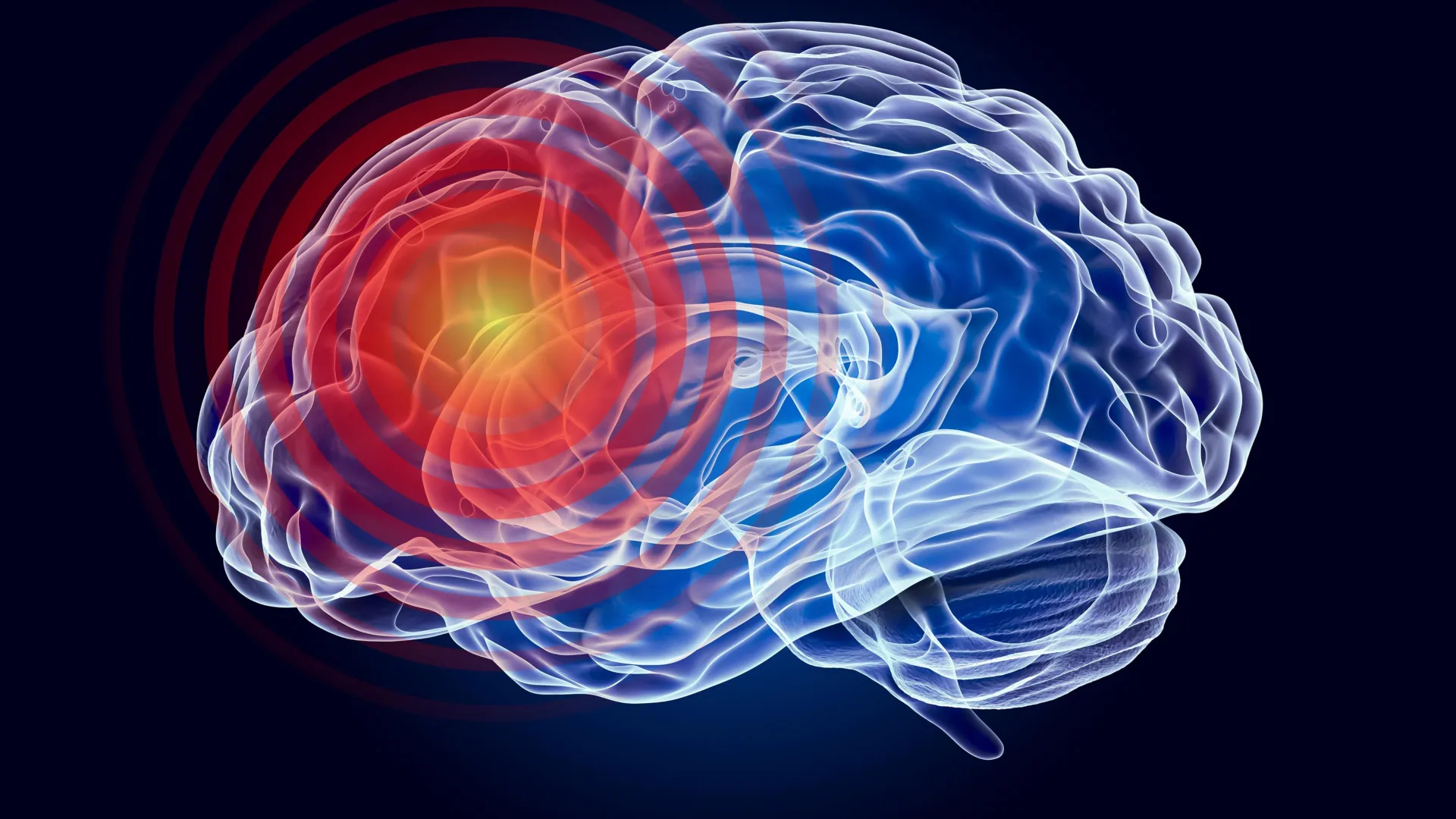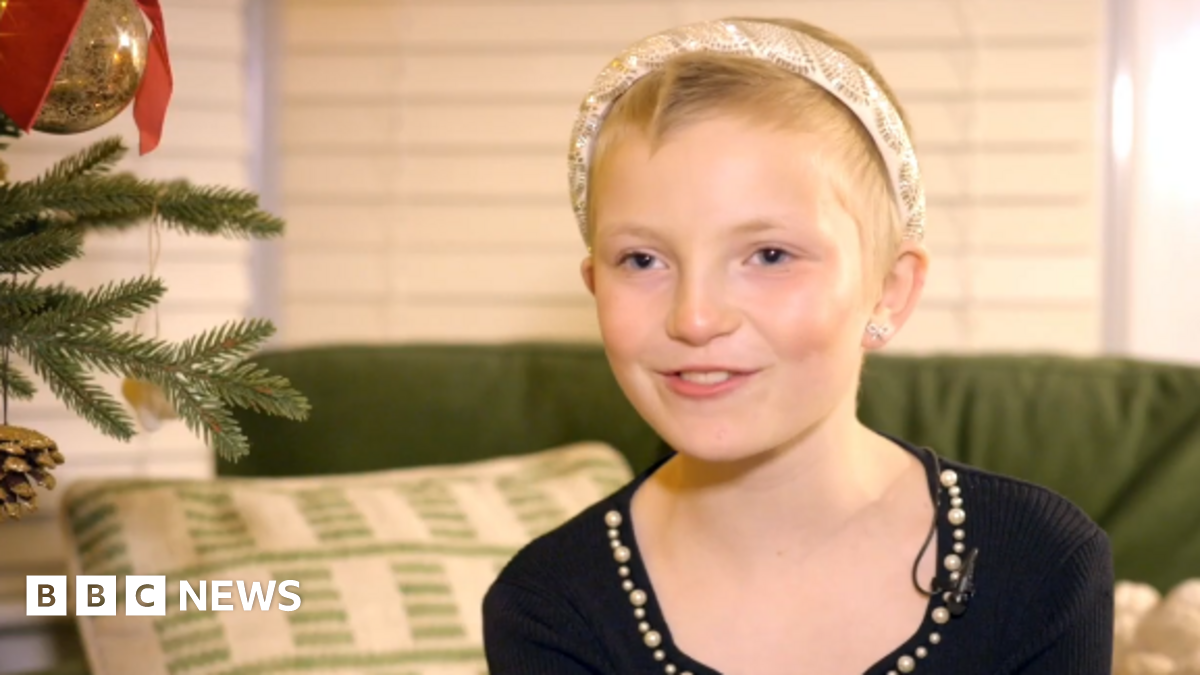2025 has been a defining year for beauty treatments and aesthetic advancements. Once dominated by syringes and quick fixes, the conversation took a decisive turn, where the most talked-about transformations no longer came from injectables, but…
Blog
-

This tiny peptide could help stop brain damage after injury
A global research team led by the company Aivocode, working with scientists from the Institute for Advanced Chemistry of Catalonia (IQAC) of the Spanish National Research Council (CSIC), reports that a small compound has a strong protective…
Continue Reading
-

ILT20: Nicholas Pooran, Muhammad Waseem power MI Emirates’ in playoffs after emphatic eight-wicket win over Gulf Giants | Cricket News
MI Emirates booked their place in the playoffs with a commanding eight-wicket victory over Gulf Giants at the Zayed Cricket Stadium on Tuesday. A disciplined bowling display set up the chase before Nicholas Pooran and Muhammad Waseem stitched…
Continue Reading
-

Match Date, Time, Venue, Pitch Report, Live Streaming
After dominating displays in the first two fixtures, India now gear up to take on Sri Lanka in the third, and what could be the series-deciding match in a couple of…
Continue Reading
-

Cancer-free girl from Thundersly sent home in time for Christmas
Lola was diagnosed with spindle cell sarcoma, a rare form of bone cancer, in November 2024.
The family said it had been misdiagnosed as an ear infection, growing pains and muscle contortion.
Leigh-on-Sea charity Gold Geese has stepped in to support…
Continue Reading
-
'Pakistan's economy shifting towards export-led growth' – RADIO PAKISTAN
- ‘Pakistan’s economy shifting towards export-led growth’ RADIO PAKISTAN
- Finance minister says Pakistan’s economy shifting toward export-led growth Dawn
- OPINION: The flaws in the narrative Business Recorder
- How Pakistan fell behind countries it…
Continue Reading
-

Responding to US CDC: Hepatitis B Vaccines Are Safe And Effective — Dr Musa Mohd Nordin, Prof Dr Rosmawati Mohamed, Dr George Lee & Tee Shiao Eek
The United States’ Centers for Disease Control and Prevention (CDC) has adopted the Advisory Committee on Immunisation Practices (ACIP) recommendation to end the universal birth-dose of the hepatitis B…
Continue Reading
-

Country diary: A winter walk means only one thing – mud | Walking
Winter is tiring. The footpath is a gully of slop, and each step forwards is a little slip backwards. The north-facing slope was OK – the frost hadn’t been thawed by the sun, and crunchy ground is better than slippy ground. But the rest…
Continue Reading
-

Ipswich Minster choristers sing for BBC Radio Suffolk Christmas recording
Kyson Point are Suffolk husband and wife David and Kelly Booth, named after the promontory on the River Deben at Woodbridge.
“That was a pretty special evening, it’s amazing to be part of and to sing in a building like this,” said David.
They…
Continue Reading
-

Rejected plan for new family houses in Northampton goes to appeal
A rejected plan to build three family homes on a disused piece of land will go to the government on appeal.
West Northamptonshire Council refused the proposal for the area behind the Rectory Farm Community Centre in Northampton.
Residents objected…
Continue Reading
